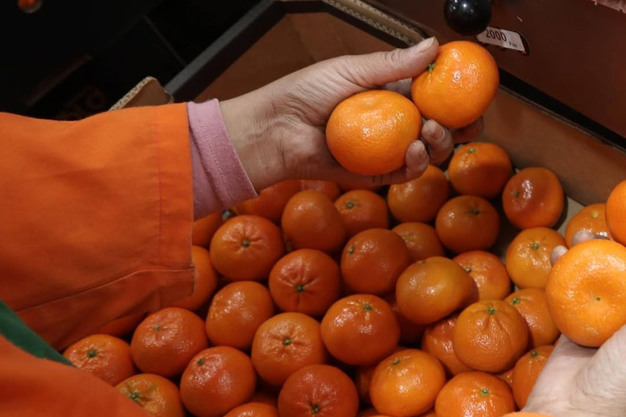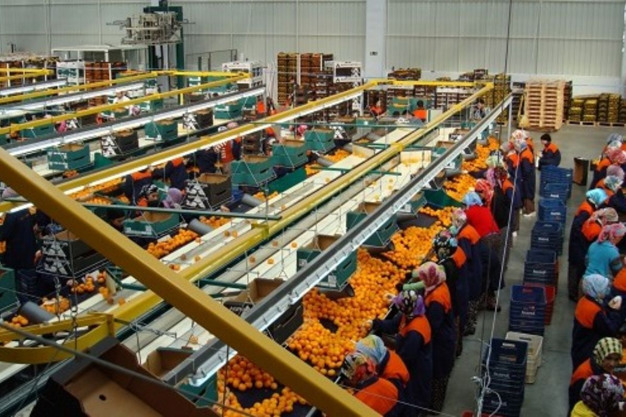The Moroccan soft citrus season is progressing nicely, with clementine and nadorcott calendars running until mid-April before the arrival of late varieties. According to Mourad Seghieri, CEO of Romana Fruits, the season is characterized by a marked improvement in volumes, particularly in the Souss Massa region.
Volumes in the Souss Massa region, in central Morocco, increased despite a particularly arid year. Seghieri says, "When it comes to rainfall, this year was virtually catastrophic. However, thanks to major irrigation and technical optimization efforts, volumes are up in the previous season. Quality is also good. Clementine sizes are good, with an even distribution. However, we have fewer large sizes in the nadorcott."

Moroccan export calendars of soft citrus have been running for 4-5 weeks, and the market is pretty good, according to Seghieri. He adds, "The market is stable and nice this year. We're exporting to the long-established traditional markets for Moroccan citruses, such as the Netherlands, the United Kingdom, France, Spain, and Belgium. We're also seeing a comeback of demand from the Russian market, whose demand has been impacted since the outbreak of war in Eastern Europe, and is regenerating this season."
"Moroccan exporters prefer the North American market, which is more profitable this season. Demand from the USA and Canada is high, despite a considerable shipping time which can reach up to ten days," the exporter adds.
"There are also exports to West African markets such as Senegal and Mauritania. However, the business potential with these markets is limited, due to the high risks involved. Transit risks and customs costs are sometimes uncontrollable and can be more expensive than shipping to Europe. The opening of the Agadir-Dakar shipping line is excellent news in this context," the exporter continues.
Moroccan exporters are enjoying the fairly calm competition, according to Seghieri: "Our calendars don't overlap much with those of Egypt and South Africa. Turkey and Egypt are currently present but with different varieties such as Tango. The competition is rather quiet and far from the markets we're most interested in, such as North America."

In terms of prices, the trend is also positive for Moroccan exporters, with stable prices. Seghieri: "We're seeing the same scenario as last season. Prices have remained consistent, but what sometimes causes us problems is payment terms. Markets like Russia require flexible payment conditions. In other markets, such as the Netherlands, importers impose payment terms that don't expose them to the slightest risk, whereas Moroccan exporters take risks, including on parameters like selling to the final consumer on the Dutch market that they can't control."
After a decline in Moroccan citrus exports in recent seasons, due to drought, it seems that the industry is picking up the pace. Seghieri says, "We may have to wait to assess the current season, but the indicators are good. We see strong potential for exports to Russia, responsive North American and European demand, as we access these markets back as soon as we see an improvement in volumes."
Seghieri will be present at Fruit Logistica as a visitor.
For more information:
Mourad Seghieri
Romana Fruits
Tel: +212 655577028 / +212 637080010
Email: info@romanafruits.com / m.seghieri@romanafruits.com
www.romanafruits.com
